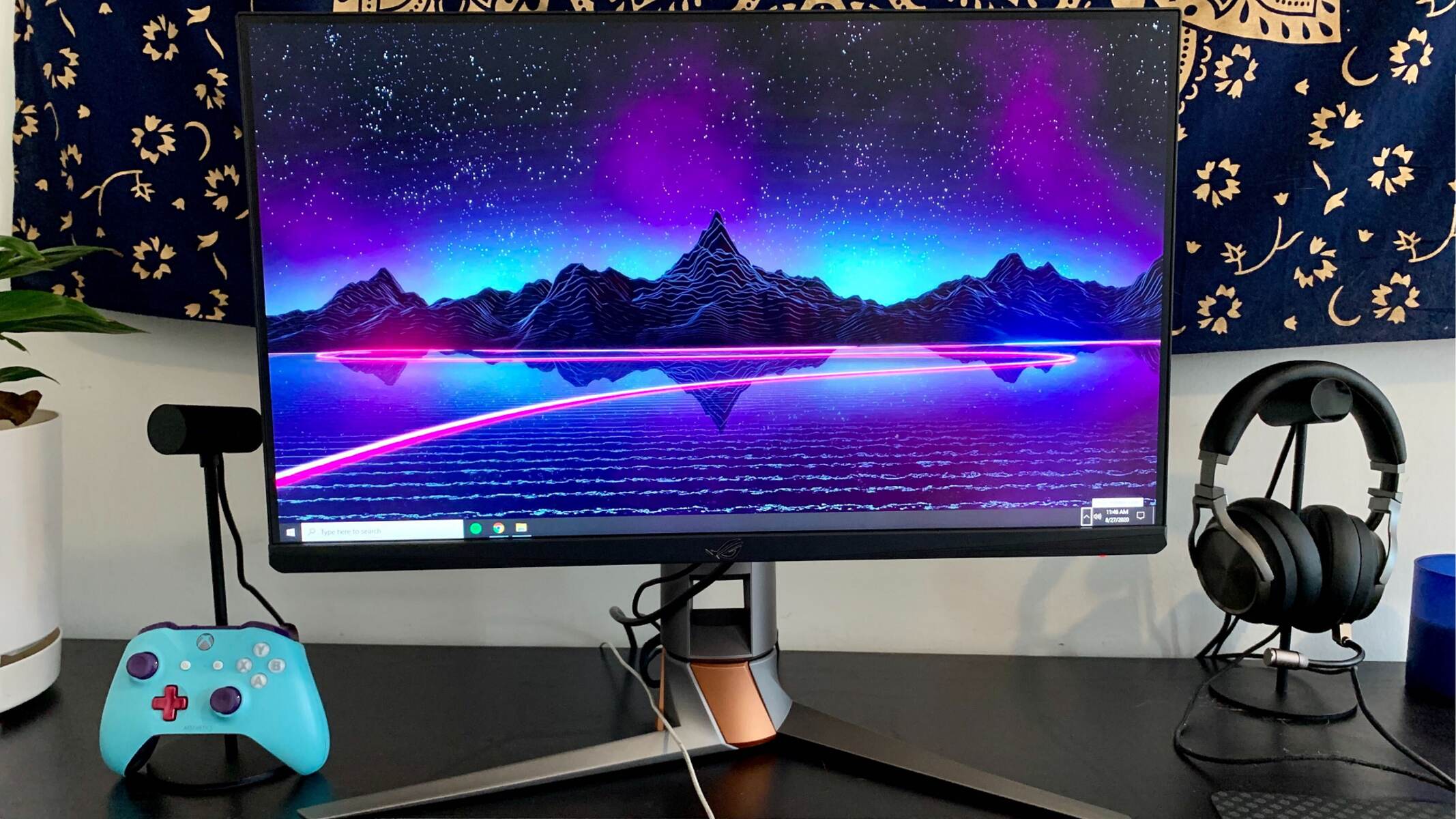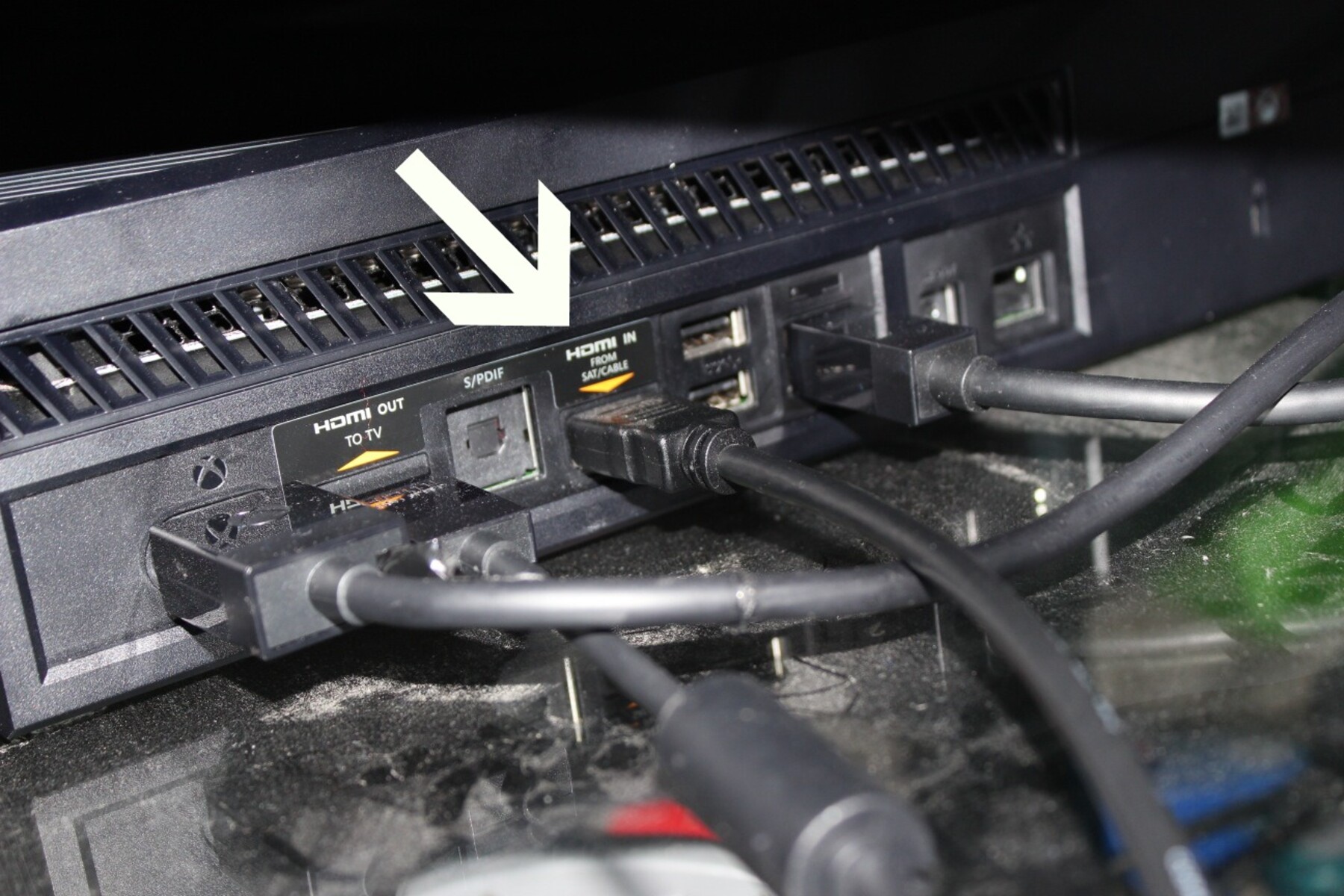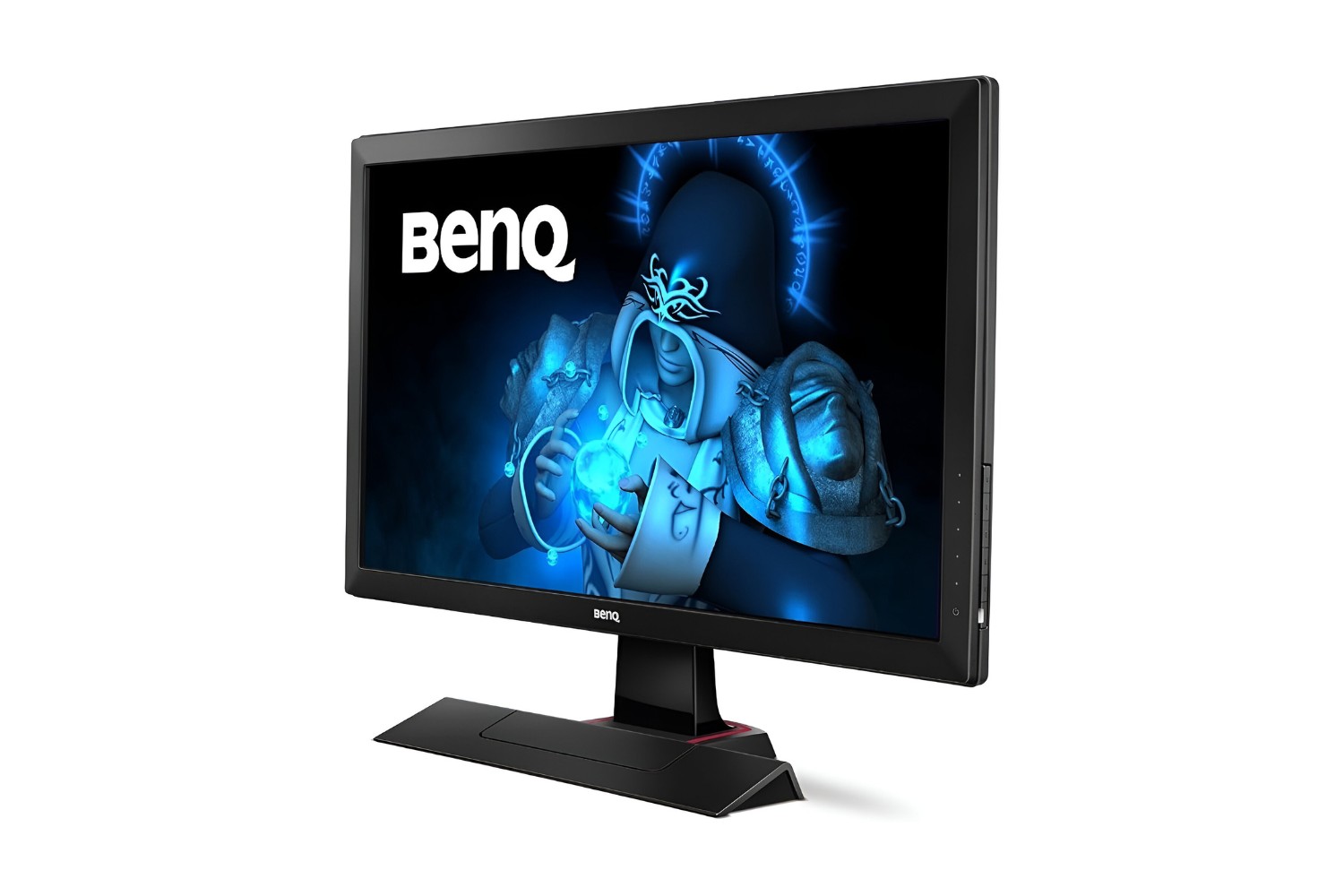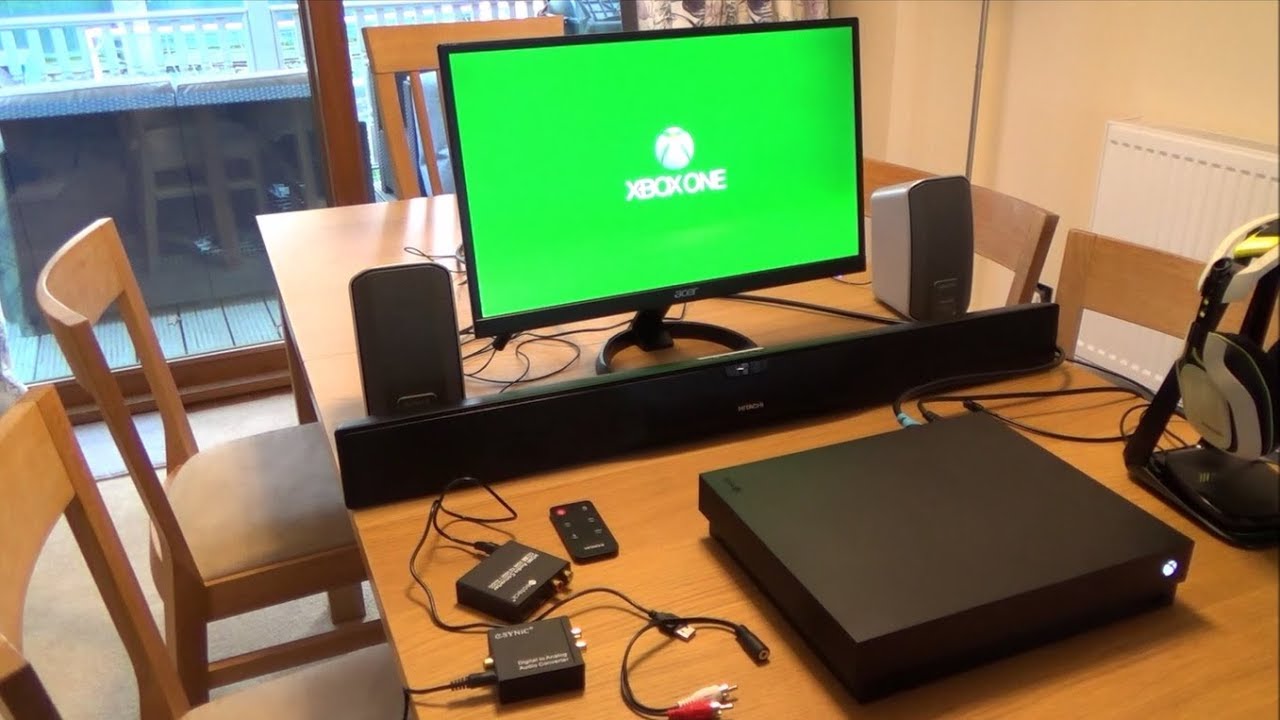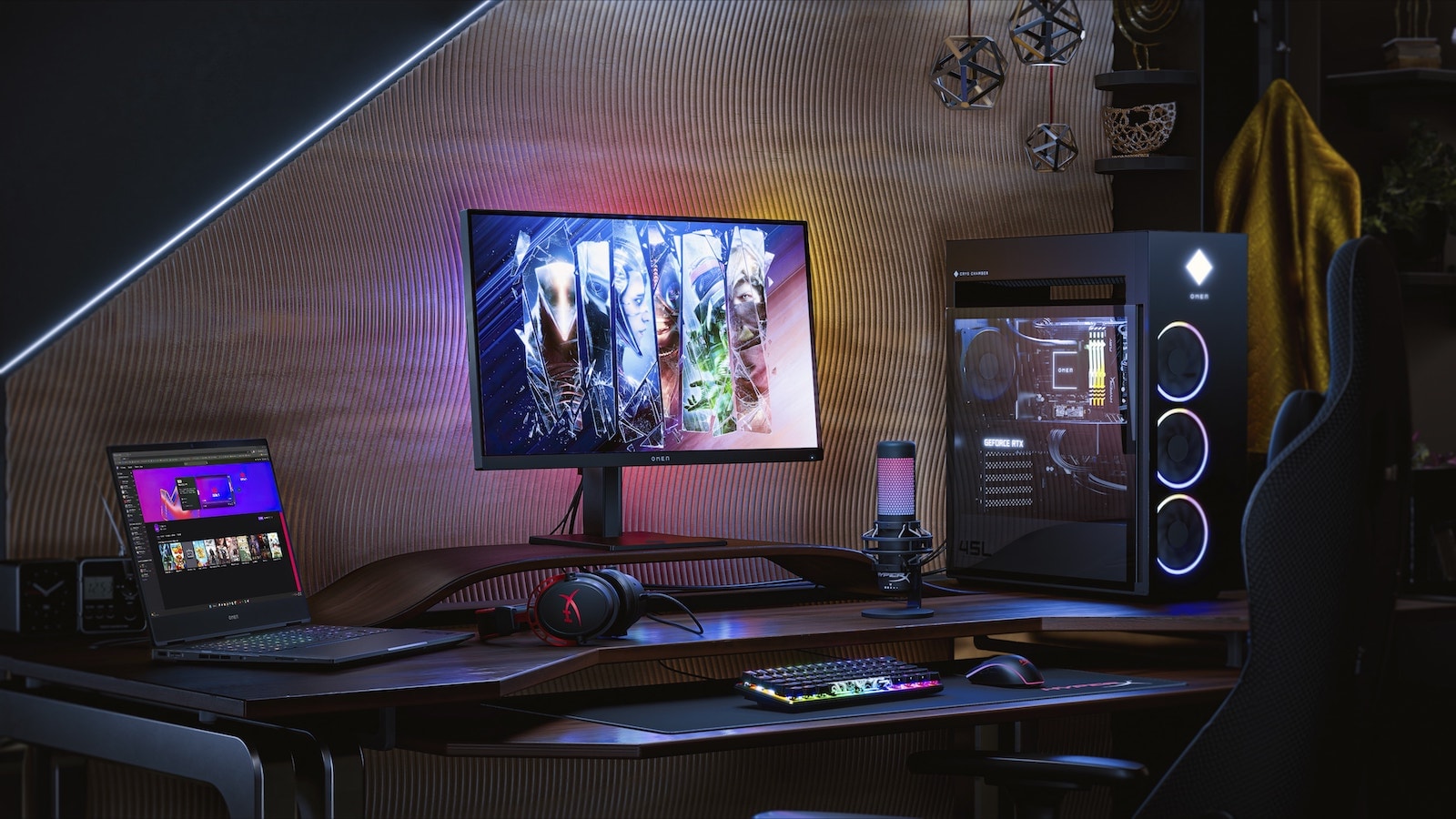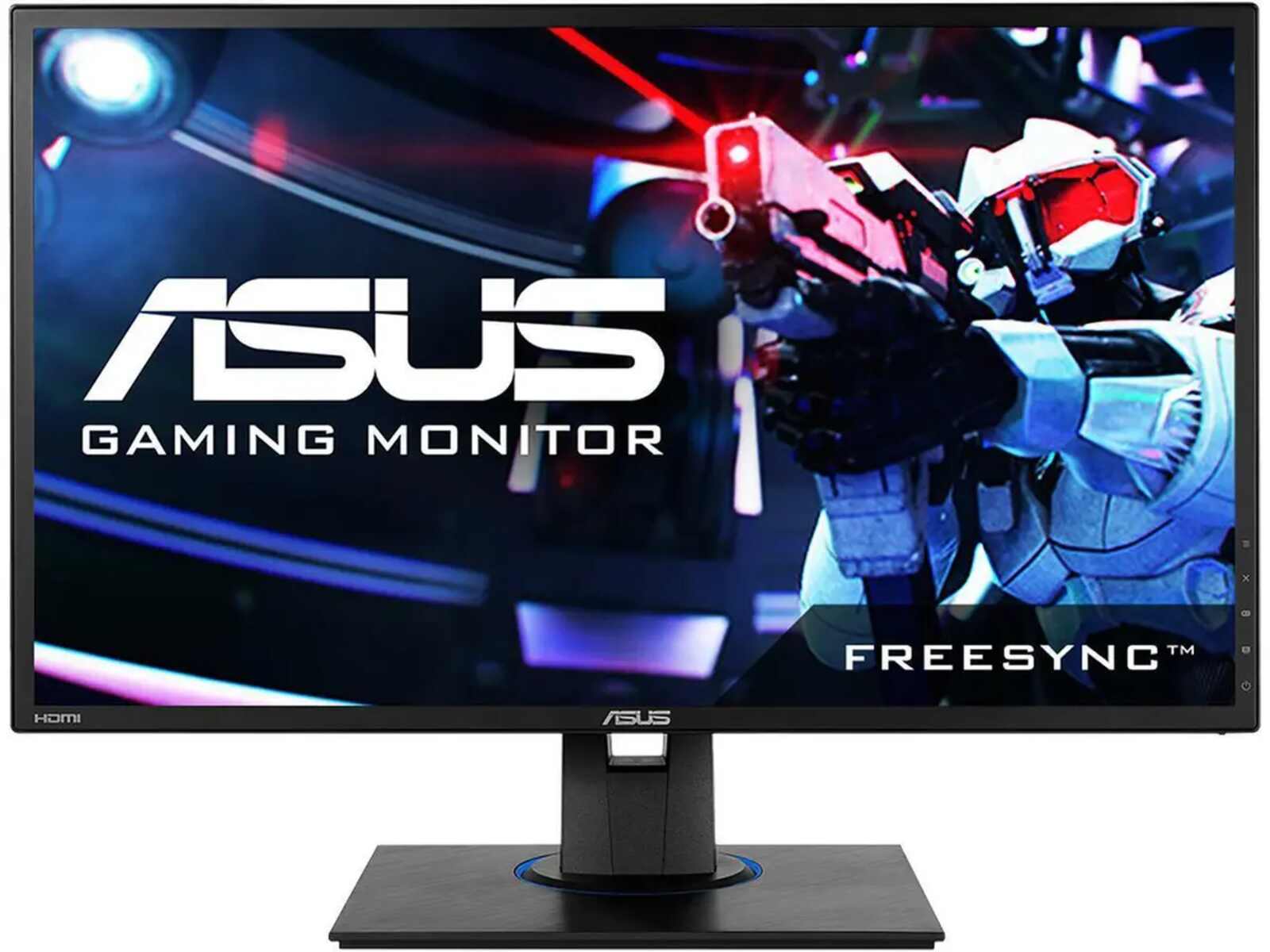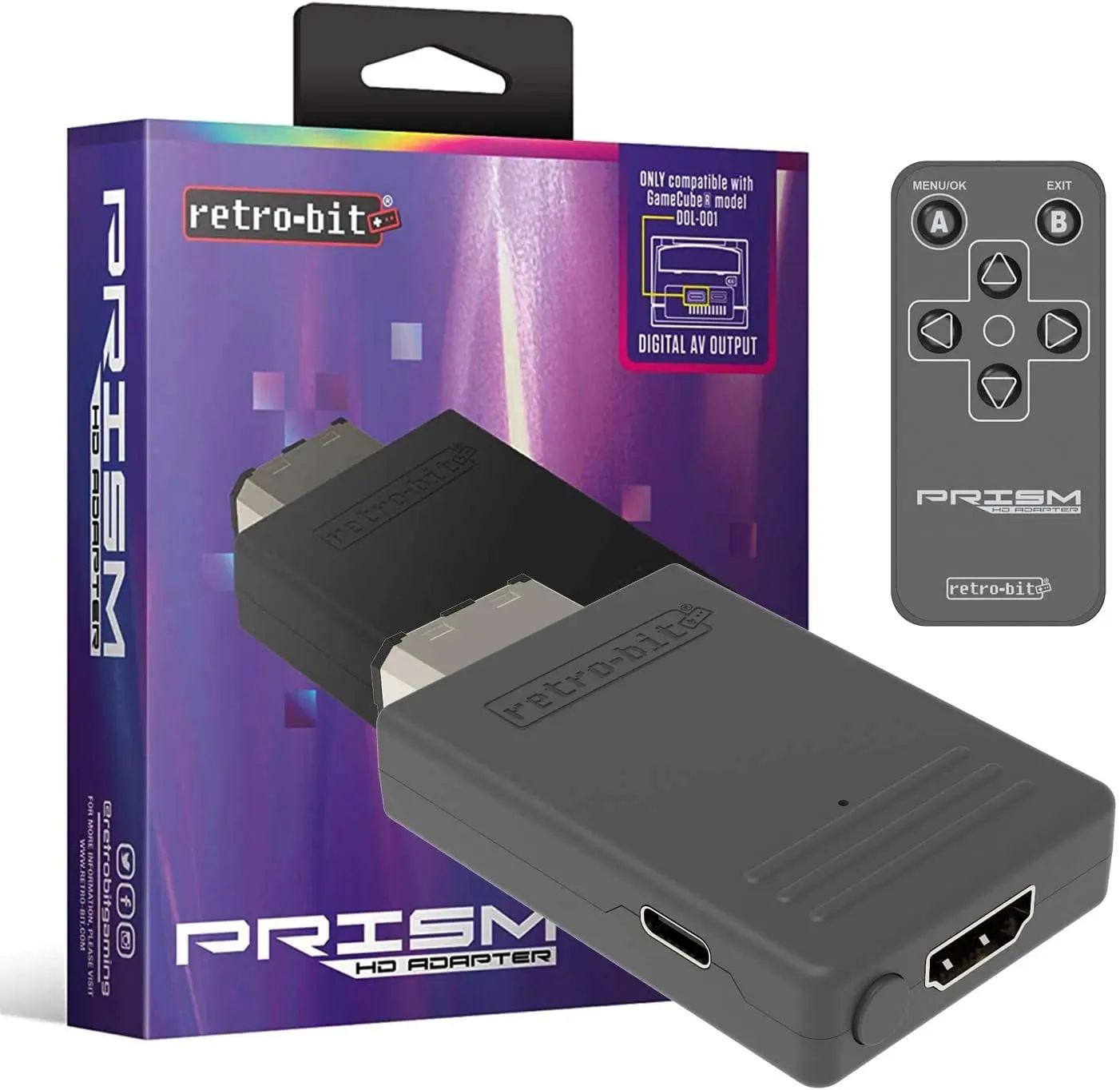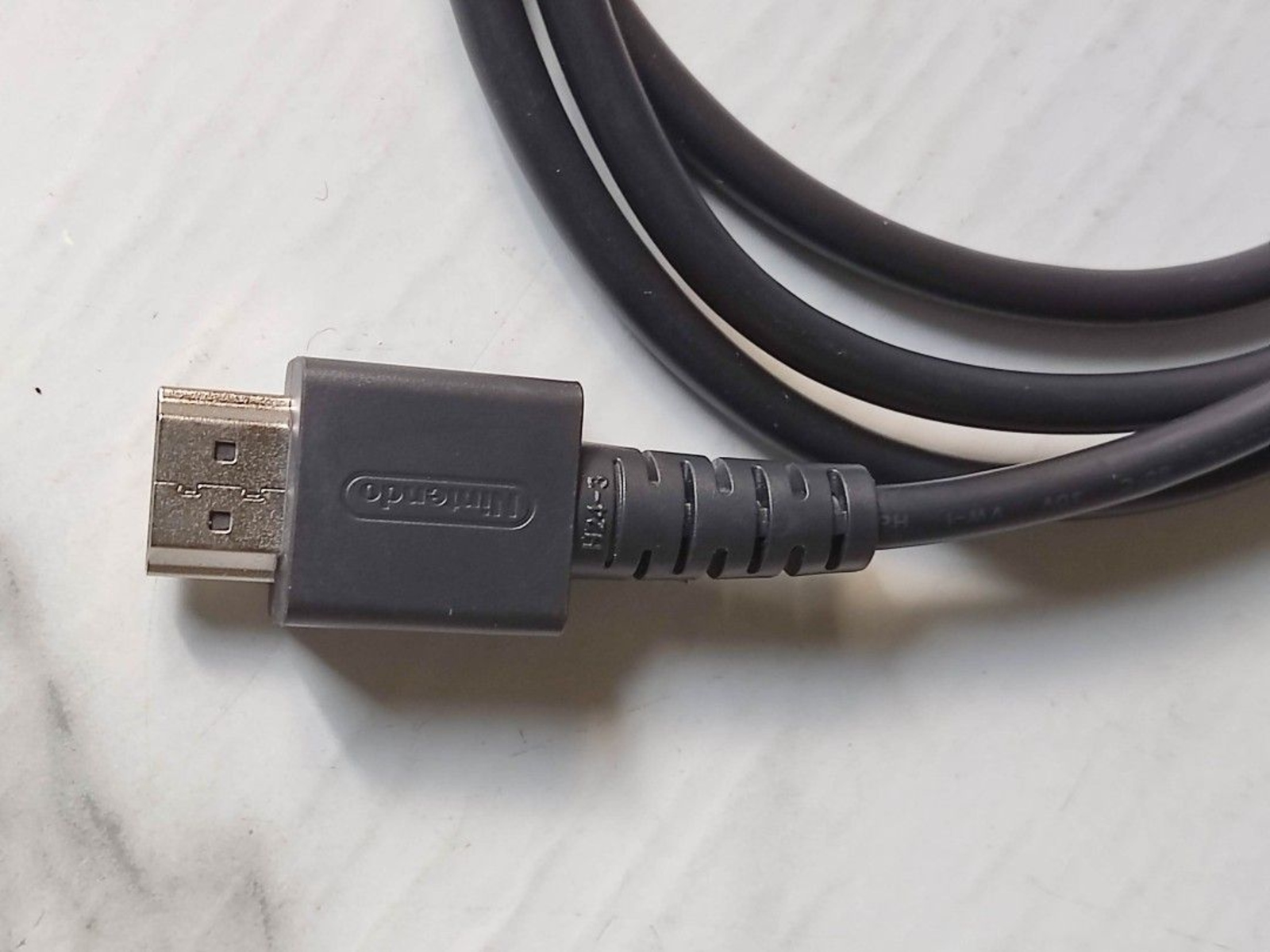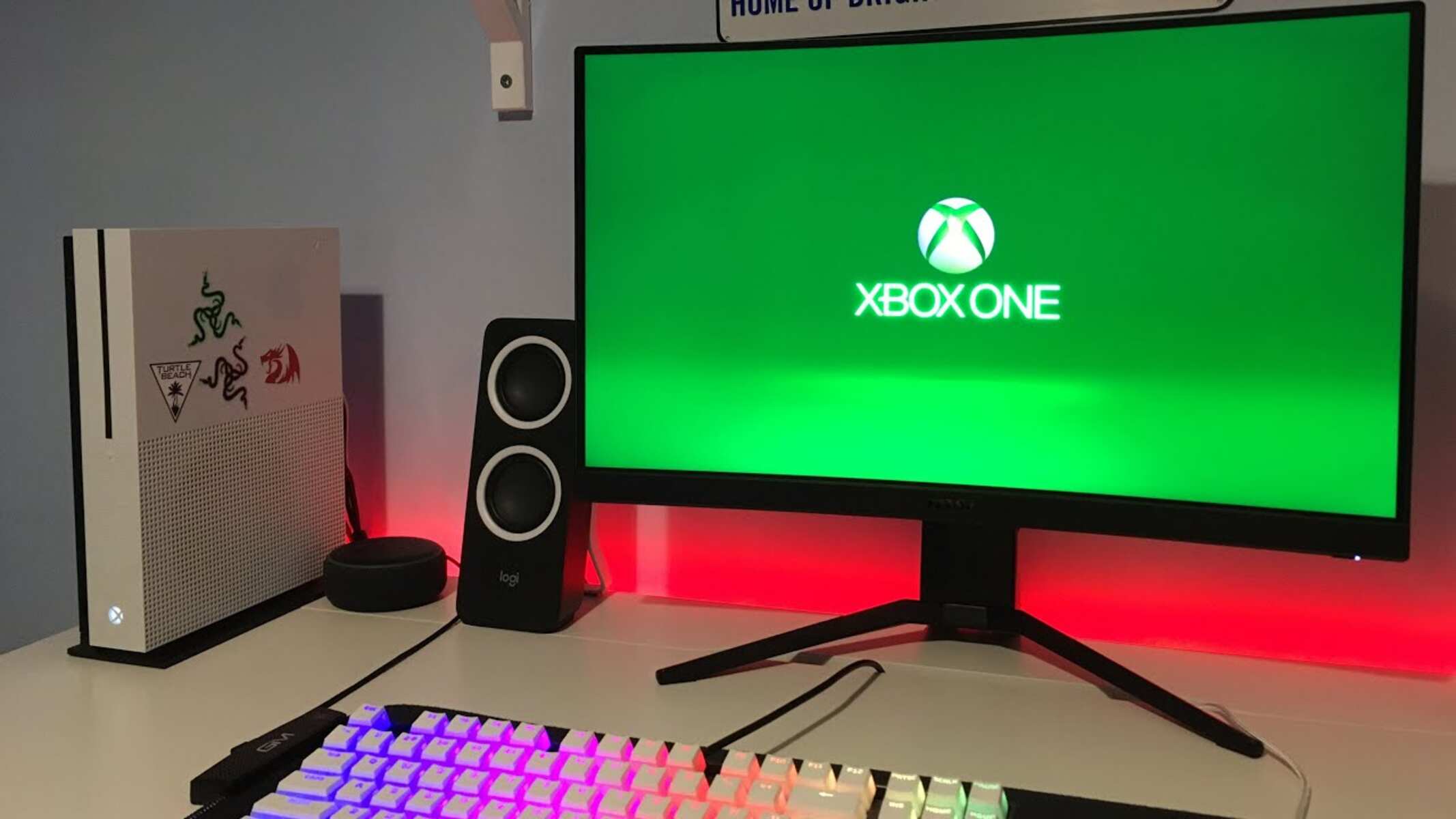Resolution
When it comes to choosing a console gaming monitor, one of the most important factors to consider is the resolution. The resolution refers to the number of pixels that make up the display screen. The higher the resolution, the more detailed and sharper the images will be on the monitor. There are several common resolutions to choose from, each with its own advantages and considerations.
One popular resolution for console gaming monitors is Full HD (1920 x 1080). This resolution provides a good balance between image quality and performance, and it is compatible with most gaming consoles. It offers crisp visuals and smooth gameplay, making it a great choice for casual gamers or those on a budget.
For those seeking a more immersive gaming experience, the next step up is a monitor with Quad HD (2560 x 1440) resolution. This higher resolution results in sharper details and better overall image quality. It is ideal for gamers who prioritize visual fidelity and want to fully enjoy the stunning graphics of modern games.
Lastly, there is the option of 4K Ultra HD (3840 x 2160) resolution. This resolution offers the highest level of detail and clarity, providing a jaw-dropping visual experience. Gamers who own a PS4 Pro or Xbox One X, which are capable of outputting 4K graphics, will benefit the most from a 4K gaming monitor. However, it’s important to note that a 4K monitor requires a powerful gaming system to run games smoothly at such a high resolution.
Choosing the right resolution for your console gaming monitor depends on your gaming preferences and budget. If you prioritize smooth performance and affordability, Full HD is a solid choice. On the other hand, if you want optimal visual quality and have a more advanced gaming setup, consider Quad HD or 4K Ultra HD. It’s worth noting that higher resolutions may require a more powerful console or PC to fully utilize their capabilities. Ultimately, it’s up to you to decide which resolution strikes the perfect balance between performance and visual fidelity for your gaming needs.
Refresh Rate
When selecting a console gaming monitor, the refresh rate is another crucial factor to consider. The refresh rate refers to how many times the display can refresh the image per second, measured in Hertz (Hz). A higher refresh rate results in smoother and more fluid motion on the screen, reducing motion blur and providing a more immersive gaming experience.
The standard refresh rate for most monitors is 60Hz, which means the screen refreshes the image 60 times per second. While this is perfectly fine for many console games, if you’re a competitive gamer or enjoy fast-paced action games, you may benefit from a higher refresh rate. A gaming monitor with a refresh rate of 144Hz or even 240Hz can deliver exceptionally smooth and responsive gameplay.
However, it’s important to note that a higher refresh rate may require a more powerful gaming system to fully take advantage of it. While some modern consoles can support higher refresh rates, it’s crucial to check the compatibility of your console with the monitor before making a purchase.
Additionally, it’s essential to consider the type of games you mainly play. If you enjoy immersive single-player experiences with stunning visuals, a higher refresh rate may not be as critical. However, if you’re into competitive gaming, first-person shooters, or fast-paced action games, a higher refresh rate can provide a significant advantage. You’ll experience smoother movement and be able to react more quickly to in-game actions, giving you a competitive edge.
It’s worth mentioning that a higher refresh rate is more beneficial when paired with a monitor that has a low response time and input lag (topics we’ll discuss in later sections). The combination of these features ensures that the images are displayed quickly and accurately, minimizing any delays between your input and the corresponding action on the screen.
In summary, the refresh rate of a console gaming monitor plays a crucial role in delivering smooth and responsive gameplay. While a 60Hz refresh rate is standard and suitable for most gamers, those seeking a competitive edge or an extra level of immersion may opt for a monitor with a higher refresh rate, such as 144Hz or 240Hz. Consider the types of games you play and the compatibility of your console to make an informed decision.
Response Time
Response time is another crucial aspect to consider when choosing a console gaming monitor. It refers to the time it takes for a pixel to transition from one color to another, typically measured in milliseconds (ms). A lower response time results in less motion blur and ghosting, ensuring that fast-moving objects appear crisp and clear on the screen.
The response time of a monitor is particularly important for gaming, where quick reflexes and precise movements are often required. A monitor with a faster response time helps to minimize the blurring or smearing of images, providing a smoother gaming experience and enhancing overall visual quality.
When it comes to console gaming, a response time of 1ms or 2ms is considered ideal. This ensures minimal delay between your actions and their representation on the screen, resulting in a more accurate and responsive gameplay experience. However, it’s worth noting that the difference between a 1ms and a 2ms response time is usually negligible to the human eye, so don’t stress too much if you can’t find a monitor with a 1ms response time.
It’s essential to keep in mind that the advertised response time of a monitor may not always reflect real-world performance. Factors such as overdrive settings, pixel transitions, and the panel technology used can all affect the actual response time experienced during gameplay.
It’s also important to note that the response time is closely related to the monitor’s refresh rate. A high refresh rate combined with a low response time can deliver the best gaming experience, with smooth motion and minimal blurring.
When selecting a gaming monitor, do your research and read reviews to ensure that the response time meets your expectations. Additionally, consider the types of games you predominantly play. If you mostly engage in fast-paced action games or competitive multiplayer titles, a lower response time will be more critical for a seamless and immersive gaming experience.
To summarize, response time is an important factor to consider when choosing a console gaming monitor. Look for a monitor with a low response time (ideally 1ms or 2ms) to minimize motion blur and ghosting. Combined with a high refresh rate, a low response time provides a smoother and more responsive gaming experience, particularly for fast-paced games and competitive gameplay.
Input Lag
Input lag is a crucial consideration when selecting a console gaming monitor, as it directly affects how quickly your actions are displayed on the screen. Input lag refers to the delay between pressing a button or moving a controller stick and the corresponding action appearing on the monitor. For gamers, especially those involved in competitive gaming, minimizing input lag is essential for precise and responsive gameplay.
When playing fast-paced games or engaging in competitive multiplayer matches, even a small amount of input lag can make a noticeable difference in your performance. It can cause a delay between your actions and the on-screen response, leading to a less responsive and less enjoyable gaming experience.
When choosing a gaming monitor, look for models that offer low input lag. The ideal input lag for console gaming is typically below 10 milliseconds (ms), although some high-end monitors can achieve even lower values. Keep in mind that the advertised input lag may not always match the real-world performance, so reading reviews and getting feedback from other gamers can help you make an informed decision.
It’s worth noting that the input lag can be influenced by various factors, including the monitor’s processing speed, the response time, and the type of connections used. Additionally, different gaming consoles may have varying input lag, depending on the hardware and software optimization. Therefore, it’s important to consider the compatibility between your console and the monitor to ensure the best possible performance.
If competitive gaming or fast-paced gameplay is a priority for you, it’s crucial to find a gaming monitor with low input lag. This will ensure that your actions are translated to on-screen movements as quickly as possible, giving you a more responsive and immersive gaming experience.
Overall, input lag is an important factor to consider when selecting a console gaming monitor. Look for a model with low input lag, ideally below 10ms, to ensure that your actions are displayed on the screen with minimal delay. By minimizing input lag, you’ll enjoy a more responsive gaming experience, particularly for fast-paced and competitive gameplay.
Screen Size
When choosing a console gaming monitor, screen size is an important consideration that can greatly impact your gaming experience. The screen size refers to the diagonal measurement of the display, typically stated in inches. The size of the monitor determines the field of view and level of immersion while gaming.
The optimal screen size for your gaming setup depends on various factors, including personal preferences, viewing distance, available space, and the level of detail you wish to see. Generally, larger screens provide a more immersive experience, allowing you to fully appreciate the stunning visuals and intricate details of modern games.
However, it’s important to strike a balance between immersion and practicality. While a larger screen can deliver a more breathtaking gaming experience, it may not be suitable for all gaming setups. Consider the distance between you and the monitor, as sitting too close to a large screen can result in pixelation or strain on the eyes. Conversely, for smaller screens, you may feel like you’re missing out on the immersive experience.
For most gamers, a screen size between 24 to 27 inches is a popular choice. This size range offers a good balance between immersion and practicality, providing enough space to showcase the game’s graphics while still maintaining a comfortable viewing distance. Additionally, monitors in this size range are usually more affordable and readily available.
If you have a larger gaming area or prefer a more cinematic experience, you can consider a screen size of 32 inches or more. These larger screens can enhance the visual impact of games and make you feel even more immersed. However, keep in mind that the larger the screen, the greater the viewing distance required to avoid strain on the eyes.
Ultimately, the choice of screen size boils down to personal preference and the specific setup of your gaming area. Consider factors such as viewing distance, available space, and comfort level to find the ideal balance between immersion and practicality. Remember to also ensure that the screen size is compatible with your gaming console and resolution preferences, as some consoles may have limitations on the maximum supported screen size.
In summary, when selecting a console gaming monitor, carefully consider the screen size that best suits your preferences and gaming setup. Strive for a size that provides an immersive experience without compromising comfort or practicality. Finding the right balance between screen size and viewing distance will enhance your gaming experience and allow you to fully enjoy the visuals of your favorite games.
Display Technology
Display technology is a crucial factor to consider when choosing a console gaming monitor, as it determines the overall visual quality and performance of the display. There are several display technologies available in the market, each with its own strengths and considerations. Let’s take a closer look at some of the common display technologies you may encounter:
1. Twisted Nematic (TN): TN panels are known for their fast response times, making them popular among competitive gamers. They offer high refresh rates and low input lag, ensuring smooth and responsive gameplay. However, TN panels typically have narrower viewing angles and inferior color accuracy compared to other panel types.
2. In-Plane Switching (IPS): IPS panels offer superior color accuracy and wide viewing angles, making them ideal for gamers who prioritize vibrant and detailed visuals. They provide more accurate color representation and better image quality, but they generally have slightly slower response times compared to TN panels.
3. Vertical Alignment (VA): VA panels strike a balance between TN and IPS panels. They offer better color reproduction and wider viewing angles than TN panels, while still maintaining relatively fast response times. VA panels are known for their high contrast ratios, providing deep blacks and vibrant colors. However, they may suffer from ghosting or motion blur in certain situations.
When choosing a display technology, consider your priorities. If you primarily engage in competitive gaming and require fast response times, a TN panel might be the best option for you. On the other hand, if you value visual quality and vibrant colors, an IPS or VA panel may be more suitable.
It’s important to note that each display technology has different variations and advancements, so be sure to research specific models and read reviews to understand their performance in real-world gaming scenarios.
Additionally, some gaming monitors also utilize technologies such as AMD FreeSync or NVIDIA G-Sync. These technologies synchronize the monitor’s refresh rate with the graphics card’s output, reducing screen tearing and ensuring smooth gameplay. Check if your console supports these technologies and consider a monitor that is compatible if you desire a tear-free and seamless gaming experience.
In summary, the choice of display technology for your console gaming monitor depends on your specific needs and preferences. Consider factors such as fast response times, vibrant colors, wide viewing angles, and compatibility with other technologies like FreeSync or G-Sync. Research different panel types, read reviews, and make an informed decision to ensure the best visual quality and performance for your gaming experience.
HDR Support
High Dynamic Range (HDR) is a feature that can greatly enhance the visual quality and immersion of console gaming. HDR support in a gaming monitor allows for a broader range of colors, increased contrast, and improved brightness levels, resulting in more vibrant and lifelike visuals.
When a game is designed with HDR in mind, the monitor can display a wider spectrum of colors and shades, bringing out finer details and more realistic lighting effects. This extra level of visual depth greatly enhances the gaming experience, making games feel more immersive and visually stunning.
When choosing a console gaming monitor, look for models that offer HDR support. The most common HDR standards in monitors are HDR10 and Dolby Vision. HDR10 is the more widely adopted standard and ensures a significant improvement in visual quality compared to standard dynamic range displays. Dolby Vision, on the other hand, provides an even more advanced and refined HDR experience with enhanced color accuracy and overall picture quality.
It’s important to note that not all games are created with HDR support, and not all gaming consoles fully utilize the potential of HDR. However, if you have a HDR-capable gaming console and play games that are HDR-enabled, having a monitor with HDR support will provide a more immersive and visually impressive gaming experience.
It’s worth mentioning that the effectiveness of HDR can vary depending on the monitor’s brightness levels and contrast ratio. Look for gaming monitors with high peak brightness and good contrast ratios to ensure that HDR content is displayed optimally.
Keep in mind that HDR support may come at a higher price point since HDR-capable monitors often feature advanced panel technologies and other premium features. If you’re particularly interested in HDR gaming, investing in a monitor with HDR support can be worthwhile to enjoy the full potential of HDR-enabled games.
In summary, HDR support in a console gaming monitor can greatly enhance the visual quality and immersion of your gaming experience. Look for models with HDR10 or Dolby Vision support to enjoy more vibrant colors, increased contrast, and improved overall picture quality. Consider the compatibility of your gaming console with HDR and understand that not all games may be HDR-enabled. If HDR gaming is a priority for you, investing in a monitor with HDR support can significantly enhance your gaming visuals.
Connectivity Options
When selecting a console gaming monitor, it’s essential to consider the available connectivity options. The connectivity of the monitor determines how you connect your gaming console and other devices, ensuring seamless and hassle-free gaming experiences.
Most modern gaming monitors come equipped with a variety of connectivity options to accommodate different gaming setups. Here are some commonly found connectivity options to look out for:
1. HDMI: HDMI (High-Definition Multimedia Interface) is the standard connection for gaming consoles. Ensure that the monitor has at least one HDMI input port that is compatible with your console. It’s also beneficial to have multiple HDMI ports if you plan on connecting multiple devices simultaneously.
2. DisplayPort: DisplayPort is another popular video connection that offers high bandwidth and supports higher resolutions and refresh rates. If your gaming console supports DisplayPort, having this option on the monitor can provide better performance and flexibility.
3. USB: USB connections on a gaming monitor can be useful for charging your controllers or connecting other USB peripherals, such as gaming headsets or external hard drives. Look for monitors with USB ports in convenient locations for easy access.
4. Audio Jacks: Check if the monitor has built-in audio jacks, like a headphone jack or line-out, so you can connect your gaming headset or external speakers directly to the monitor and enjoy high-quality audio while gaming.
5. Additional Ports: Depending on your specific needs, consider any additional ports or features that you may require. This might include VGA ports, DVI ports, or even built-in card readers. Having a wide range of connectivity options ensures compatibility with various devices and future-proofing your setup.
When evaluating the connectivity options, also consider the cable lengths provided with the monitor. Ensure that the cable lengths are sufficient to reach your console or gaming setup without any limitations or the need for additional cables.
It’s important to verify that the connectivity options of the gaming monitor are compatible with your gaming console and any other devices you plan to connect. Check the specifications of the console and the monitor to ensure they have matching connection types and supported features.
In summary, having the right connectivity options on your console gaming monitor is crucial for seamless and convenient gaming experiences. Ensure that the monitor provides the necessary ports, such as HDMI and DisplayPort, for connecting your gaming console and other devices. Consider other connectivity options, like USB ports and audio jacks, based on your specific requirements. Checking compatibility and matching the connectivity options of the monitor with your gaming console ensures a hassle-free and enjoyable gaming setup.
Adjustable Stand
An often overlooked but important feature to consider when selecting a console gaming monitor is an adjustable stand. The stand plays a crucial role in providing ergonomic comfort and flexibility in positioning the monitor for optimal viewing angles and comfort during long gaming sessions.
An adjustable stand allows you to customize the height, tilt, and swivel of the monitor to suit your preference and seating position. This is especially important for maintaining proper posture and reducing strain on your neck, shoulders, and back.
A height-adjustable stand enables you to raise or lower the monitor to eye level, preventing the need for you to constantly strain your neck looking up or down. Being able to position the monitor at the correct height not only enhances your viewing experience but also promotes better ergonomics and reduces the risk of discomfort or long-term health issues.
Tilt functionality allows you to angle the monitor to eliminate glare or reflections, ensuring clear visibility and preventing eye strain. Being able to tilt the monitor to the right angle can greatly enhance your gaming experience by improving image quality and minimizing distractions from ambient lighting.
Swivel capabilities are essential if you want to share your gaming experience with others or need to adjust the monitor’s positioning for different viewing scenarios. A monitor with swivel functionality allows you to rotate it horizontally, giving you the flexibility to show the screen to others or position it in a way that’s most comfortable for your gaming setup.
Additionally, some monitors offer pivot functionality, which enables you to rotate the screen from landscape to portrait mode. This can be useful for certain gaming scenarios or when using the monitor for productivity tasks outside of gaming.
When choosing a gaming monitor, consider the adjustability options that are important to you. Look for models that provide a wide range of adjustability, including height, tilt, swivel, and pivot, so that you can find the most comfortable and ergonomic position for your gaming sessions.
Keep in mind that some monitors may come with a fixed stand or limited adjustability. In such cases, you may need to consider using monitor stands or wall mounting options to achieve your desired positioning.
In summary, an adjustable stand is a crucial feature to consider when selecting a console gaming monitor. It allows you to customize the height, tilt, swivel, and sometimes pivot of the monitor for optimal comfort and viewing angles. Enhanced ergonomics and flexibility in positioning contribute to a more enjoyable and comfortable gaming experience.
Price and Value
Price is an important factor to consider when purchasing a console gaming monitor, as it directly impacts your budget and the overall value you’ll get from your investment. While it’s tempting to go for the most budget-friendly option, it’s essential to strike a balance between price and the features and quality of the monitor.
When determining the value of a gaming monitor, consider the following factors:
1. Features and Specifications: Assess the monitor’s features and specifications in relation to your gaming needs. Consider factors such as resolution, refresh rate, response time, input lag, and connectivity options. Determine which features are the most important to you and prioritize them in your decision-making process.
2. Build Quality: Look for a monitor that is well-built with a sturdy construction. Check customer reviews and expert opinions regarding the monitor’s durability and reliability. A monitor built with high-quality materials is likely to last longer, providing better long-term value for your investment.
3. Brand Reputation: The reputation of the brand is often indicative of the quality and performance of the product. Well-established brands with a history of producing reliable and high-quality monitors may be worth the extra investment. However, don’t discount lesser-known brands that may offer competitive features and pricing.
4. Customer Reviews: Take the time to read customer reviews and feedback about the monitor you’re considering. Pay attention to both positive and negative experiences to get a comprehensive understanding of the monitor’s performance, reliability, and overall value for money.
5. Warranty and Support: Check the warranty terms and after-sales support provided by the manufacturer. A longer warranty period and responsive customer support can give you peace of mind and added value, should any issues arise with the monitor.
It’s important to remember that the highest-priced gaming monitor may not always be the best option for you. Consider your specific gaming needs and find a monitor that offers the features and performance you require while fitting within your budget.
Comparing prices from different retailers and keeping an eye out for promotions or discounts can also help you find a good deal. However, be cautious of extremely low-priced monitors, as they may sacrifice important gaming features or overall quality.
Ultimately, the value of a console gaming monitor is subjective and depends on your budget and gaming requirements. It’s advisable to invest in a reliable monitor that offers a good balance between price and features, ensuring an enjoyable gaming experience without breaking the bank.
In summary, when considering the price of a console gaming monitor, evaluate the features, build quality, brand reputation, customer reviews, and warranty terms to determine the overall value. Aim for a monitor that provides the necessary gaming features within your budget, balancing price and quality to ensure a satisfying and worthwhile gaming investment.







